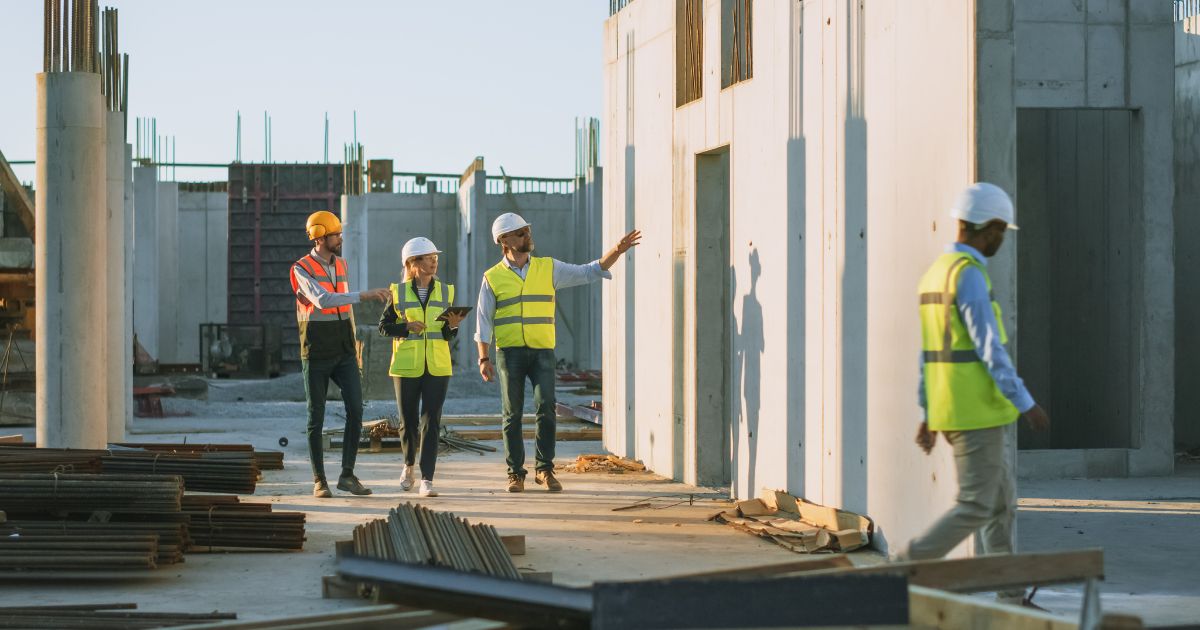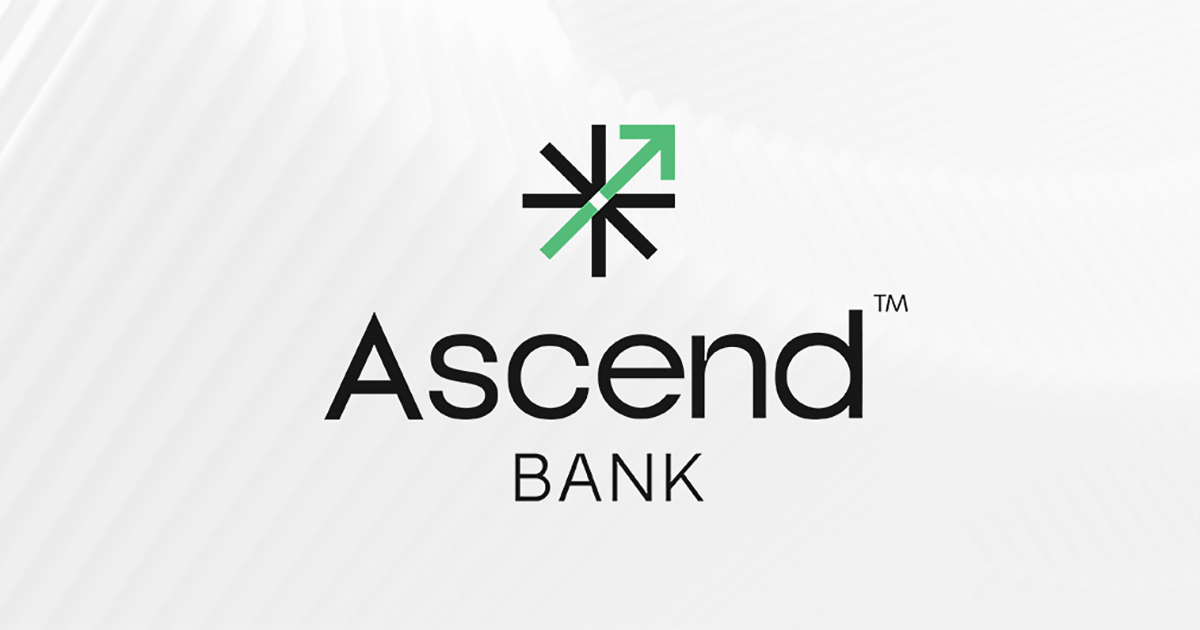
How Falling Interest Rates Benefit Construction Loans for Commercial Developments
The real estate market is perpetually influenced by the ebb and flow of interest rates which significantly impacts costs for developers and businesses. Currently, as of 2024, we are experiencing a downward trend in interest rates, opening a window of opportunity for securing construction loans at more favorable terms. For businesses considering new commercial developments, this shift presents a timely advantage. Lower borrowing costs can translate into significant savings and increased financial flexibility. In this article, we explore how falling interest rates benefit construction loans for commercial developments and highlight strategies for securing the best commercial interest rates by working with a trusted lender.
The Current Interest Rate Landscape and Its Impact on Commercial Real Estate
Interest rates are a critical factor in commercial real estate financing, influencing borrowing costs, loan repayments, and overall project feasibility. As of this writing, in late 2024, we are in a period where interest rates are falling, driven by various economic indicators and policy decisions aimed at stimulating economic growth.
Overview of Declining Interest Rates
The Federal Reserve’s recent decision and economic data reflecting slower inflation have led to a downward adjustment in interest rates. This trend is expected to continue, with analysts predicting further rate reductions by the end of the year. Lower interest rates reduce the cost of borrowing, directly impacting the commercial real estate sector by increasing affordability and promoting investment.
Stimulating the Commercial Real Estate Market
Falling interest rates typically stimulate the real estate market by lowering the cost of financing. This decrease in borrowing costs makes it more appealing for businesses to take on new construction projects or expand on existing ones. As borrowing becomes cheaper, developers are more inclined to invest in new commercial properties, fueling market growth and contributing to economic development.
Market Trends and Predictions
Given the anticipated continuation of the declining rate trend, the commercial real estate market is positioned for a period of increased activity. Developers and investors who can secure financing at lower rates will find themselves at a strategic advantage, able to undertake more extensive or higher-quality projects. As such, the current and anticipated market trends suggest a favorable environment for commercial real estate development.
Benefits of Lower Interest Rates for Construction Loans
The financial landscape created by falling interest rates offers several distinct benefits for businesses seeking construction loans for commercial developments. These benefits can substantially impact the viability and profitability of development projects.
- Cost Savings
- One of the most immediate and tangible benefits of lower interest rates is cost savings. Reduced rates decrease the overall cost of borrowing, which, in turn, lowers monthly loan payments and the total interest paid over the life of the loan. These cost savings can be significant, freeing up capital that can be reinvested into the project, used for other business operations, or reserved for future opportunities.
- Increased Affordability
- Lower interest rates make it more affordable for businesses to finance larger or more ambitious projects. This increased affordability can lead to enhanced project scope, higher quality construction, and the potential for greater returns on investment. Businesses that might have hesitated due to high borrowing costs may find the current environment more conducive to launching new developments.
- Improved Cash Flow
- By saving money on interest payments, businesses can improve their cash flow, allowing them to better manage day-to-day operations and unexpected expenses. Enhanced cash flow provides businesses with the financial flexibility needed to navigate challenges and seize opportunities as they arise. For developers, this means having the capacity to address construction delays, cost overruns, and other project-related issues without jeopardizing the overall financial health of the business.
Strategies for Securing the Best Commercial Interest Rates
Securing the best commercial interest rates in a falling rate environment involves more than just timing; it requires strategic planning and building strong relationships with financial lenders. Here are essential strategies to consider:
Start with a Strong Business Plan
A well-crafted business plan is paramount when seeking a construction loan. Lenders want to see a clear, detailed plan that outlines the project’s scope, timeline, budget, and projected returns. Having a strong business plan demonstrates to lenders that you have thoroughly researched and planned your project, reducing perceived risk and increasing your likelihood of securing favorable terms. Here are a some of the important elements of a business plan:
- Executive Summary: A concise overview of the project, objectives, and key metrics.
- Market Analysis: Data and insights on market demand, competition, and potential customer base.
- Project Description: Detailed information on the project’s size, scope, location, and intended use.
- Financial Projections: Revenue forecasts, expense estimates, and profit margins.
- Risk Management Plan: Strategies for mitigating potential risks and challenges.
Maintain a Good Credit Score
Your business credit score plays a crucial role in securing the best commercial interest rates. Lenders use credit scores to assess the creditworthiness and financial stability of a borrower. A higher credit score often translates to lower interest rates and more favorable loan terms. Here are some tips for maintaining a good credit score:
- Pay Bills on Time: Timely payment of bills and invoices helps maintain a positive credit history.
- Reduce Debt: Keeping debt levels low relative to available credit limits can improve your score.
- Monitor Credit Reports: Regularly review your credit reports for errors or discrepancies and address them promptly.
- Limit New Credit Applications: Frequent applications for new credit can negatively impact your score, so apply only when necessary.
Work with a Trusted Lender
Establishing a relationship with a trusted commercial lender can significantly enhance your chances of securing the best interest rates. A trusted lender can provide personalized guidance, help you throughout the loan application process, and tailor financial solutions to meet your specific needs. Some benefits of working with a trusted lender include:
- Tailored Financial Solutions: Lenders who understand your business can offer loan terms and structures that align with your objectives.
- Streamlined Approval Process: A strong relationship with your lender can lead to a more efficient and responsive loan approval process.
- Expert Advice: Trusted lenders can provide valuable insights and advice on market conditions, loan options, and financial strategies.
Choosing the right commercial lender is critical to the success of your development project. Community banks like GSB can provide distinct advantages that can make a significant difference in your experience and outcomes.
Choosing the Right Commercial Lender
For many businesses, the personalized service, flexibility, and local expertise provided by community banks outweigh the benefits of working with national conglomerates. Community banks’ emphasis on relationship-building can make a tangible difference in securing favorable loan terms and ongoing support.
- Personalized Service: Community banks often provide more personalized service, taking the time to understand your business and its unique needs.
- Flexible Loan Terms: These banks are typically more flexible with their loan terms and more willing to customize solutions for local businesses.
- Local Market Understanding: Community banks have a deep understanding of the local market, which can be invaluable in assessing project feasibility and potential risks.
- Relationship-Focused: Community banks prioritize long-term relationships, which can lead to ongoing support and financial stability.
Crafting a Compelling Commercial Loan Application
A compelling loan application is critical in securing the best commercial interest rates. Key components include:
- Projections: Provide detailed projections that demonstrate the project’s viability and expected returns. Include revenue forecasts, expense estimates, and break-even analysis.
- Financial Statements: Include up-to-date financial statements, such as balance sheets, income statements, and cash flow statements. These documents provide a clear picture of your business’s financial health.
- Development Plan: Outline the project’s scope, timeline, budget, and construction plan. Highlight key milestones and potential challenges, along with strategies for addressing them.
- Collateral: Detail the assets you are willing to offer as collateral for the loan. This information can help lenders assess the level of risk and determine loan terms.
Ace the Loan Approval Process
Understanding the loan approval process and preparing accordingly can increase your chances of securing favorable terms. Here are some steps to acing the process:
- Preparation: Gather all necessary documents, including financial statements, business plans, and projections. Ensure everything is accurate and up to date.
- Initial Meeting: Schedule a meeting with your lender to discuss your project and loan needs. Use this opportunity to present your business plan and address any questions.
- Application Submission: Submit your loan application along with all required documentation. Ensure your application is complete and well organized.
- Review and Due Diligence: The lender will review your application and conduct due diligence, including credit checks, market analysis, and risk assessment. Be prepared to provide additional information if requested.
- Approval: If your application is approved, you will receive a loan offer outlining the terms and conditions. Be sure to review it carefully.
- Closing: Once all terms are agreed upon, proceed to the closing process, which involves signing the loan agreement and finalizing the disbursement of funds.
Community banks may offer a more streamlined and responsive approval process, leveraging their smaller scale and vertical integration to expedite decision-making and reduce hurdles.
Maximizing Opportunities in a Falling Interest Rate Environment
In a falling interest rate environment, businesses have a unique opportunity to secure favorable construction loans for their commercial development projects. By acting swiftly and strategically, businesses can capitalize on lower borrowing costs, increased affordability, and improved cash flow. Building a relationship with a trusted commercial lender, particularly a community bank, can further enhance these benefits, providing personalized service, flexible terms, and local market expertise.
Key Takeaways:
- Leverage the current low-interest-rate environment to embark on new development projects or expand existing ones.
- Develop a strong business plan and maintain a good credit score to secure the best commercial interest rates.
- Build a relationship with a trusted lender, especially a community bank, to benefit from personalized financial solutions and ongoing support.
- Prepare a compelling loan application and navigate the approval process with confidence and transparency.
By following these commercial lending strategies, businesses can maximize their opportunities and achieve long-term success in the commercial real estate market. If you are considering a commercial development project, now is the time to consult with a commercial lending expert at GSB to explore your options and secure the best commercial interest rates available.



